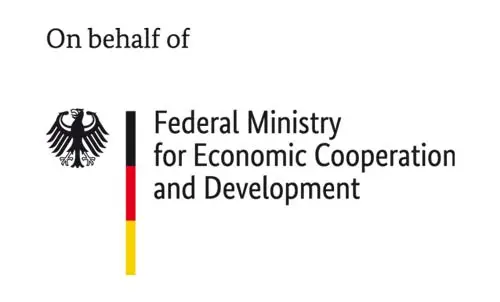Evaluating mangroves as nature-based solutions for coastal protection under current and future sea level rise scenarios (Jayson-Quashigah et al., 2025)
Coastal hazards, such as erosion and flooding, pose significant threats to many
coastal areas, and in extreme cases, have led to the decimation of some coastal
communities. Historically, management has mostly focused on the use of grey
infrastructure such as seawalls and groynes. However, these interventions are
costly and can cause unintended consequences, promoting a shift toward
Nature-based Solutions (NbS), such as the use of mangroves. Mangroves,
particularly, have been proven to protect shorelines due to their ability to
attenuate waves and trap sediment. However, there is limited research,
particularly in data-deficient regions such as Ghana, West Africa, to support
such NbS initiatives. This study explored the potential of mangroves as NbS to
mitigate coastal erosion, using the 1D morphodynamic model XBeach. The
baseline model was validated against measured coastal profiles, and the results
show accurate predictions of sediment volume changes with an overall RMSE of
0.75 m. Based on the calibrations, we explored the effects of mature mangroves
at varying densities on the berm and within the intertidal zone under current and
projected sea level conditions, on coastal erosion. The results show a significant
reduction in sediment volume erosion from 28 m3 to 0.9 m3 in the current
situation, representing 97% protection; and from 468 m3 to 2.6 m3 under future
sea level rise of 0.233 m by 2040, indicating 99% protection. Notably, high
densities of mangroves, introduced on the berm, which is more practical for the
area, provided up to 53% reduction in erosion for the current situation and 97%
for the future. These scenario-based simulations demonstrate the potential of
mangroves as a dynamic coastal defense strategy, with the approach providing a
valuable tool for testing and optimizing NbS interventions.



